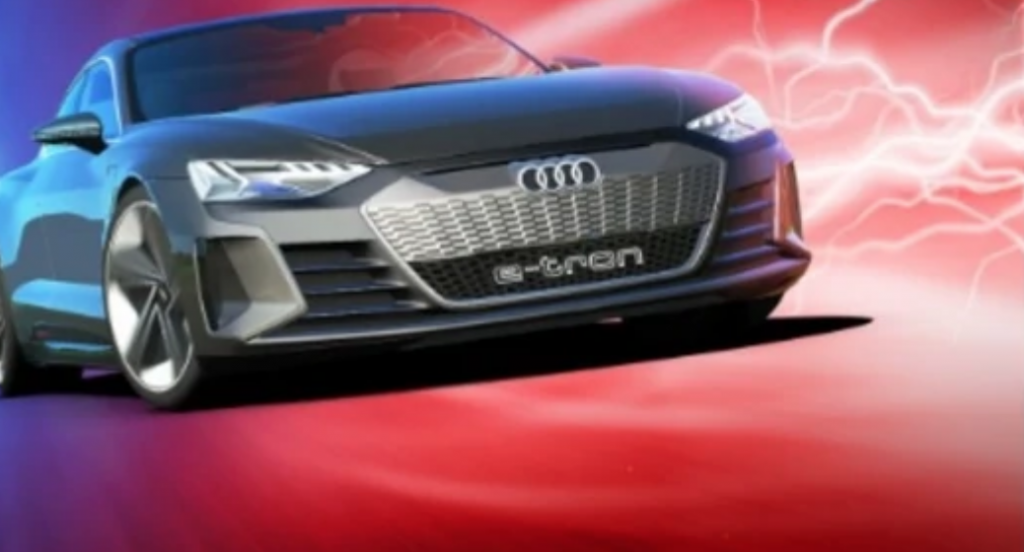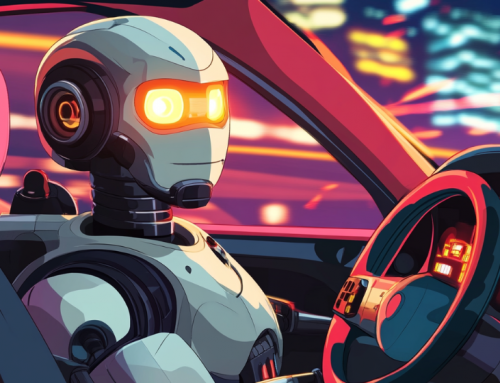
Algorithm beats human champs in Grand Turismo to set track records.
Creator Says GT Sophy AI Can Go Toe-To-Toe with Humans in Racing Environment
If you are an electronic game player you are going to want to read this. Particularly if you thought you might have enjoyed being a Grand Turismo Champion. Researchers have created what they call GT Sophy, and it is the fastest driver to ever record a time going around a digital track.
An article from scientificamerican.com, written by Sophie Bushwick, just might break your heart as a racer. Does it seem fair that an autonomous vehicle is used to challenge your human-driven digital racing format? Spoiler alert, it isn’t.
AI has already conquered human players within certain video games, such as Starcraft II and Dota 2. But Gran Turismo differs from other games in significant ways, says Peter Wurman, director of Sony AI America and co-author of the new study, which was published this week in Nature.
“In most games, the environment defines the rules and protects the users from each other,” he explains. “But in racing, the cars are very close to each other, and there’s a very refined sense of etiquette that has to be learned and deployed by the [AI] agents. In order to win, they have to be respectful of their opponents, but they also have to preserve their own driving lines and make sure that they don’t just give way.”
After beating all comers at the tournament, the algorithm showed the drivers just exactly how it beat them. It involved pushing the physics of the digital race car to the limits.
“The lines the AI was using were so tricky, I could probably do them once. But it was so, so difficult—I would never attempt it in a race,” says Emily Jones, who was a world finalist at the FIA-Certified Gran Turismo Championships 2020 and later raced against GT Sophy.
Speed, friction on the track, weather conditions are all things created in the race, and the GT Sophy could assess the limits of its car movement in a split second and make the corrections needed to stay on the track while posting the fastest speed ever.
“Gran Turismo is a very good simulator—it’s gamified in a few ways, but it really does faithfully represent a lot of the differences that you would get with different cars and different tracks,” says J. Christian Gerdes, a Stanford University professor of mechanical engineering, who was not involved in the new study. …This is, in my mind, the closest thing out there to anybody publishing a paper that says AI can go toe-to-toe with humans in a racing environment,” Gerdes said.
Gerdes also suggests that GT Sophy’s achievement could have lessons for other fields in which humans and automated systems interact. In Gran Turismo, he points out, the AI must balance the difficult problem of achieving the fastest route around the track with the difficult problem of interacting smoothly with often unpredictable humans.
Better get those practice hours in if you are going to compete with the AI racing against you. Whether on the digital track or likely on the real roads we travel, make a lane for AI.
read more at scientificamerican.com







Leave A Comment